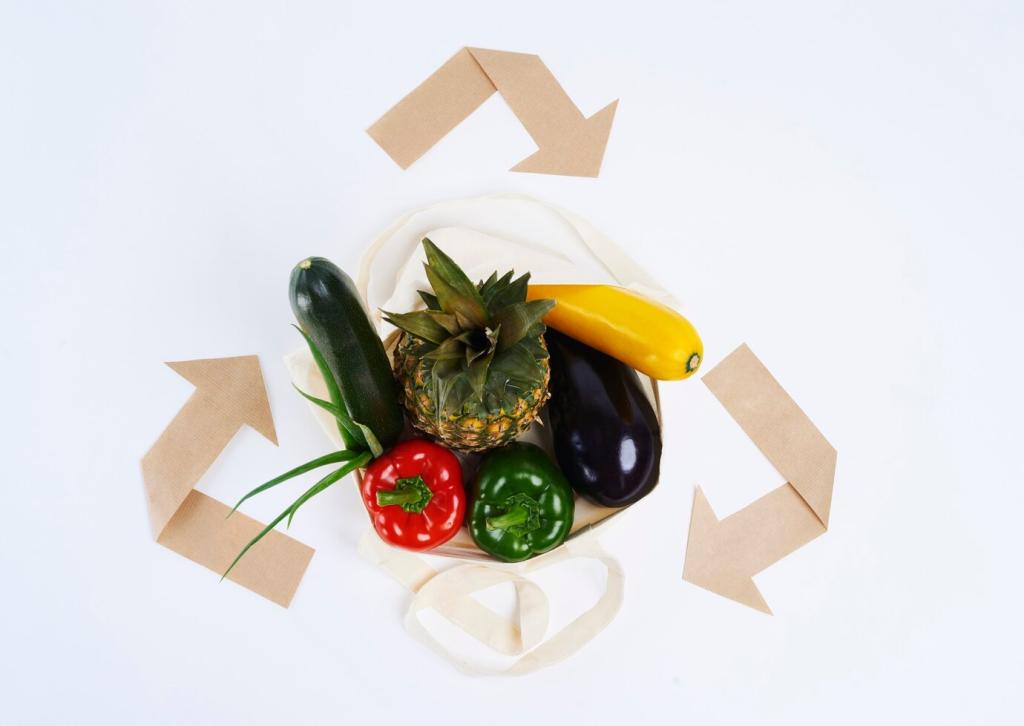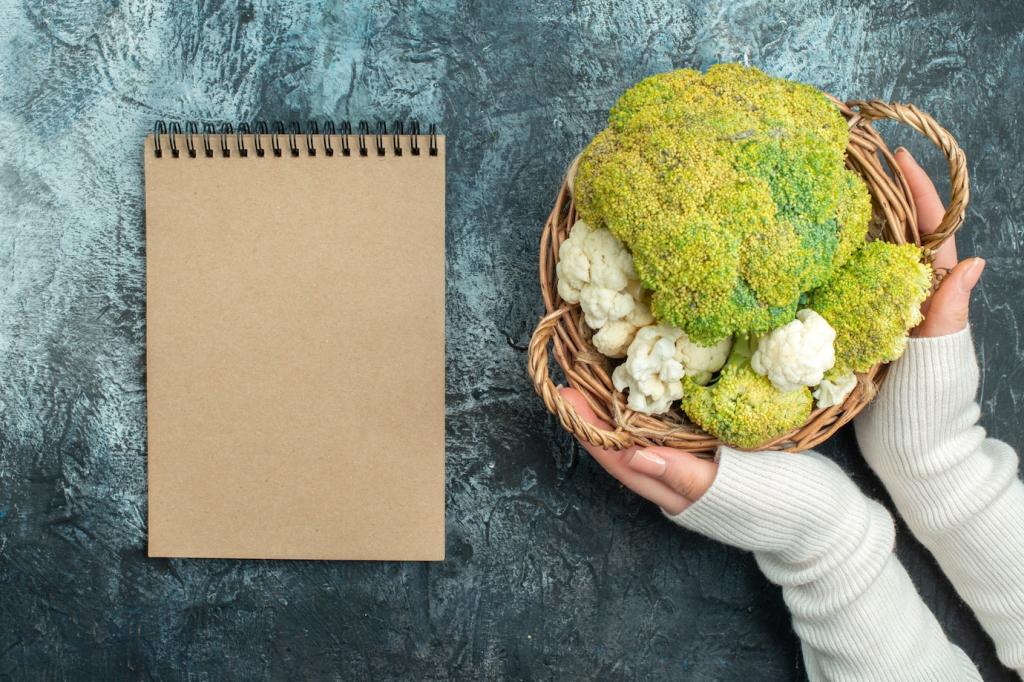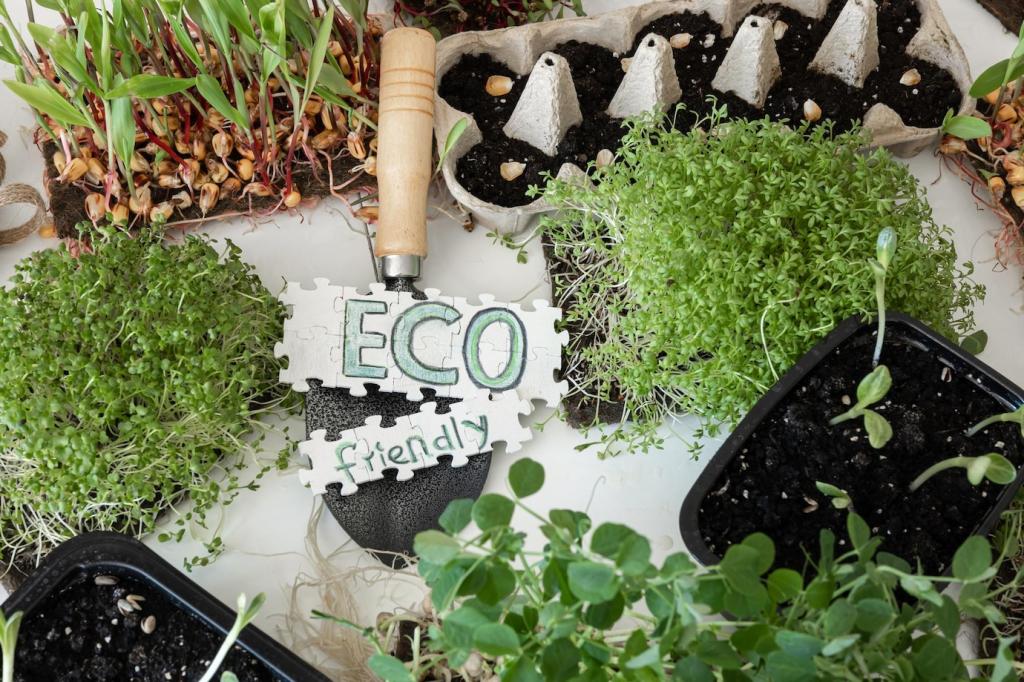
Biodegradable vs. Conventional Plastics: A Comparison
Today’s theme is Biodegradable vs. Conventional Plastics: A Comparison. We dive beyond buzzwords to examine definitions, lifecycles, performance, and real-world waste systems—so you can choose smarter, reduce confusion, and help steer better habits. If this topic matters to you, stick around, subscribe, and share your questions as we explore what truly breaks down—and what doesn’t.
What “Biodegradable” Really Means
Biodegradable means organisms can break a material down, but timelines and residue vary. Compostable meets strict standards like ASTM D6400 or EN 13432, leaving no toxic residue in set conditions. Oxo-degradable often fragments into microplastics under sunlight, creating litter you can’t see. Share what labels you’ve spotted and where confusion strikes most.

What “Biodegradable” Really Means
Look for third-party marks such as BPI or TÜV OK compost to confirm tested compostability. These certify disintegration, biodegradation rates, and ecotoxicity in controlled settings. Without a standard, “biodegradable” can be vague marketing. If you’ve found credible labels in your local stores, comment with photos or examples to help fellow readers.
Lifecycle Showdown: From Source to Soil
Conventional plastics rely on fossil fuels, linking them to extraction impacts and greenhouse emissions. Many biodegradable plastics use plant-based inputs like corn or sugarcane, shifting impacts to agriculture, water, and land use. The footprint depends on farming practices and energy sources. Share articles or studies you trust, and we’ll feature them in our next roundup.
Lifecycle Showdown: From Source to Soil
Some bioplastics reduce fossil demand, yet production can still involve significant energy. Newer processes promise lower emissions, but benefits hinge on clean power. Conventional plastics are energy intensive too, with efficiency gains over decades. Want a deeper dive on LCAs? Comment “LCA” to get our research brief and join an upcoming Q&A.
Lifecycle Showdown: From Source to Soil
Biodegradable items designed for industrial composting can return carbon to soil as CO2 under controlled conditions. Conventional plastics fare best when reused or recycled, yet contamination and mixed polymers hinder recovery. Landfills and incineration remain common globally. Tell us where your packaging actually goes; community maps help reveal real options.


Real-World Performance: A Grocery Bag Experiment
Two grocery bags—one biodegradable, one conventional—carried identical contents for six weeks of weekly use. The conventional bag resisted stretching and kept shape. The biodegradable bag worked initially but showed seam fatigue sooner. If you’ve tried this at home, tell us how many reuses you achieved and what failed first.
Real-World Performance: A Grocery Bag Experiment
In a warm pantry, the biodegradable bag softened around the handles, especially after carrying leafy greens. Conventional plastic shrugged off humidity. Performance differences don’t mean one is better absolutely; they highlight matching materials to context. Share your climate and storage tips so others can optimize reuse and minimize waste.
Waste Systems Matter More Than Labels
Many regions lack industrial composting for packaging, accepting only food scraps and yard waste. Where facilities do accept certified items, contamination can still derail programs. If your city composts compostable plastics, share your zip code below. We’re building a crowd-sourced directory of acceptance rules to help readers act confidently.
Biodegradable plastics mixed into conventional recycling streams can compromise quality, while look-alike conventional items tossed into compost contaminate finished compost. Clear labeling and distinct bin colors help, but education is crucial. Tell us how your workplace or school handles bin signage; we’ll highlight success stories that others can replicate.
Simple instructions like “Compost only where accepted” or icon systems aligned with local programs reduce mistakes. QR codes can link to regional rules. Are you a designer or municipal staffer? Drop your best label mockups or policy links in the comments and join our webinar on behavior-centered waste design.

Economics and Policy: Who Pays for Waste?
Biodegradable resins can cost more today, reflecting smaller scale and specialized processing. As demand grows and supply stabilizes, prices may narrow. Conventional plastics benefit from established infrastructure and economies of scale. Have you noticed price changes? Share product examples and we’ll track trends across regions with our community spreadsheet.
Economics and Policy: Who Pays for Waste?
EPR policies shift end-of-life costs from taxpayers to producers, funding collection, education, and infrastructure. Smart EPR can reward designs that reduce contamination and support composting or recycling. Tell us: what policies in your area work—or fail—in practice? Your experiences help shape our advocacy brief for local representatives.
Economics and Policy: Who Pays for Waste?
Rules like California’s labeling law and the EU Single-Use Plastics Directive push clearer claims and better outcomes. Misleading “biodegradable in the ocean” claims face scrutiny. If policy deep dives interest you, subscribe for our monthly regulatory roundup and propose a case study we should unpack next.
Myths, Pitfalls, and Greenwashing
Adding pro-oxidant additives to conventional plastics creates fragments faster but does not ensure complete biodegradation. Fragmentation spreads microplastics into soils and waterways. Look for certified compostable or clearly recyclable options instead. Seen deceptive claims? Post a photo and location; we’ll maintain a hall-of-shame to educate our community.
Myths, Pitfalls, and Greenwashing
Marine environments are cold, dark, and low in oxygen, slowing breakdown for most materials, including many bioplastics. Claims of rapid ocean biodegradation are rarely credible. Prevention and capture matter most. Share beach clean-up findings or data; we’ll feature volunteer groups and researchers advancing practical, measurable solutions.


What You Can Do Today
01
Choose reusable first. When single-use is unavoidable, prefer certified compostable where composting exists, or widely recyclable conventional formats where recycling works. Avoid ambiguous “biodegradable” without standards. Post your checklist in the comments, and we’ll co-create a printable guide with community-tested tips for everyday shopping.
02
Call your hauler or municipality to learn exactly what they accept. Verify composting rules and recycling resin types. Then label your home bins accordingly. Comment with your city and findings; we’ll update a public map linking accepted materials, hours, and contamination hot spots so others benefit from your legwork.
03
Share your experiments, from bag durability tests to office bin redesigns. Ask questions, challenge assumptions, and suggest themes for deeper comparisons. Subscribe to our newsletter for field notes, interviews, and toolkits that turn knowledge into habits. Your stories help this comparison move from theory into everyday impact.
